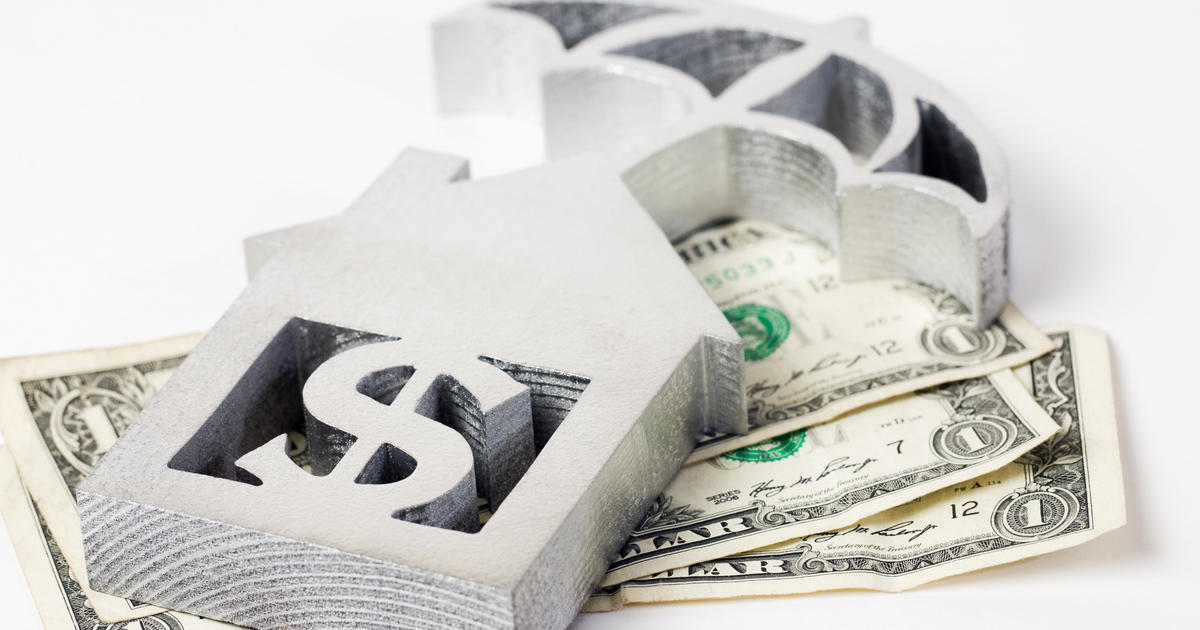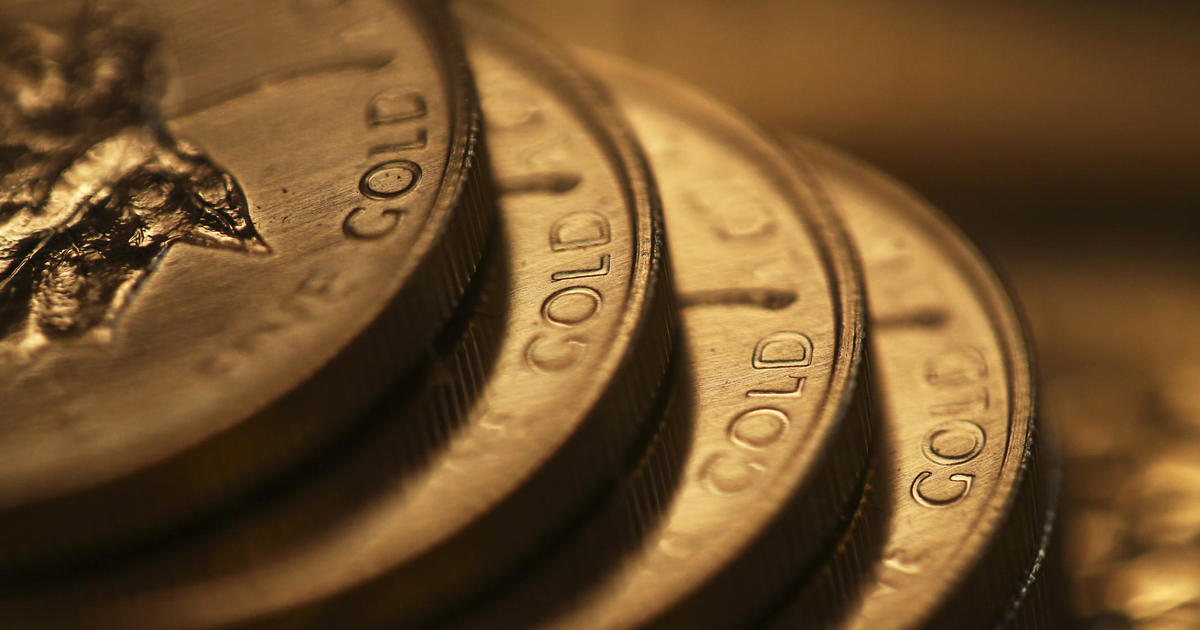After Wall Street's solid 2016, what's next in 2017?
Despite the inability so far of the Dow Jones industrials index to cross the 20,000 threshold, investors enjoyed a banner year in 2016. That’s mainly thanks to the rally inspired by November’s surprise victory of Donald Trump and optimism about his aggressive fiscal stimulus and deregulation plans.
The year sure didn’t start that way. Back in January, stocks tumbled on a combination of concerns including Chinese currency volatility, higher interest rates and crushed crude oil prices. The Dow went from flirting with 18,000 in late 2015 to falling below 15,500. In the months that followed, a nervous sideways pattern centered on 18,000 set in as investors awaited clarity on the U.S. presidential election.
As a result of resolving that big uncertainty, the Dow is ending 2016 on track for an annual gain of nearly 14 percent vs. the 2.2 percent decline in 2015. That’s the best performance since the 26.5 percent surge in 2013 and the second-best annual gain of the bull market to date.
Now it’s time to look forward, and the big question is: Should investors expect an encore performance in 2017? Or are the bull market’s best days behind it?
As I’ve been explaining, much depends on the flow of economic and earnings data in the weeks and months to come.
These two things, in turn, will depend on the pace of Federal Reserve interest rate hikes (the Fed is penciling in three quarter-point hikes next year). Those increase will be coming at a time when the recent rise in long-term rates has slammed the brakes on both auto sales and housing activity.
The stock market’s fate will also depend on the Trump administration’s ability to push its fiscal plans past the budget hawks in Congress (the nation’s debt ceiling will need to be raised in the coming months as well).
Wild cards to watch out for include any geopolitical hiccups and volatility in the emerging market economies pressured by the recent surges in the U.S dollar and U.S. interest rates -- both of which are weighing on offshore borrowings.
Expectations are extremely high: After a long recession in corporate profitability (stretching from 2015 into 2016 and just ended last quarter) and despite a slowdown in factory capacity utilization and new orders as the labor market tightens, analysts expect S&P 500 earnings to grow nearly 12 percent in 2017 on revenue growth of nearly 6 percent.
Thinking optimistically here, the rally could keep rolling if the Fed eases its rate hike schedule, Trump’s proposed corporate and repatriation tax cuts encourage aggressive share buybacks and long-awaited wage gains mix with ebullient consumer spending to spur retail sales growth.
That’s a pretty narrow path higher, in my view.
Headwinds include the fact that the bull market is already fairly old, entering its ninth calendar year. It’s also now leaning against a business cycle that has entered the late stages amid a Fed tightening cycle -- something that’s always eventually fatal to bull markets.
Moreover, some technical headwinds are blowing as well. Jason Geopfert at SentimenTrader notes that the Dow has been in overbought territory -- based on the popular Relative Strength Index indicator -- for more than 30 days. That’s the second-longest streak since 1900. Historically, when overbought streaks like this ended, market returns afterward were relatively poor.
As I’ve been saying for weeks: Watch for some market bumpiness in January. After that, performance will depend on the fundamental factors mentioned above and the political climate in Washington. And as Mr. Trump’s victory proved, not even the experts can cast a light on that dynamic.




